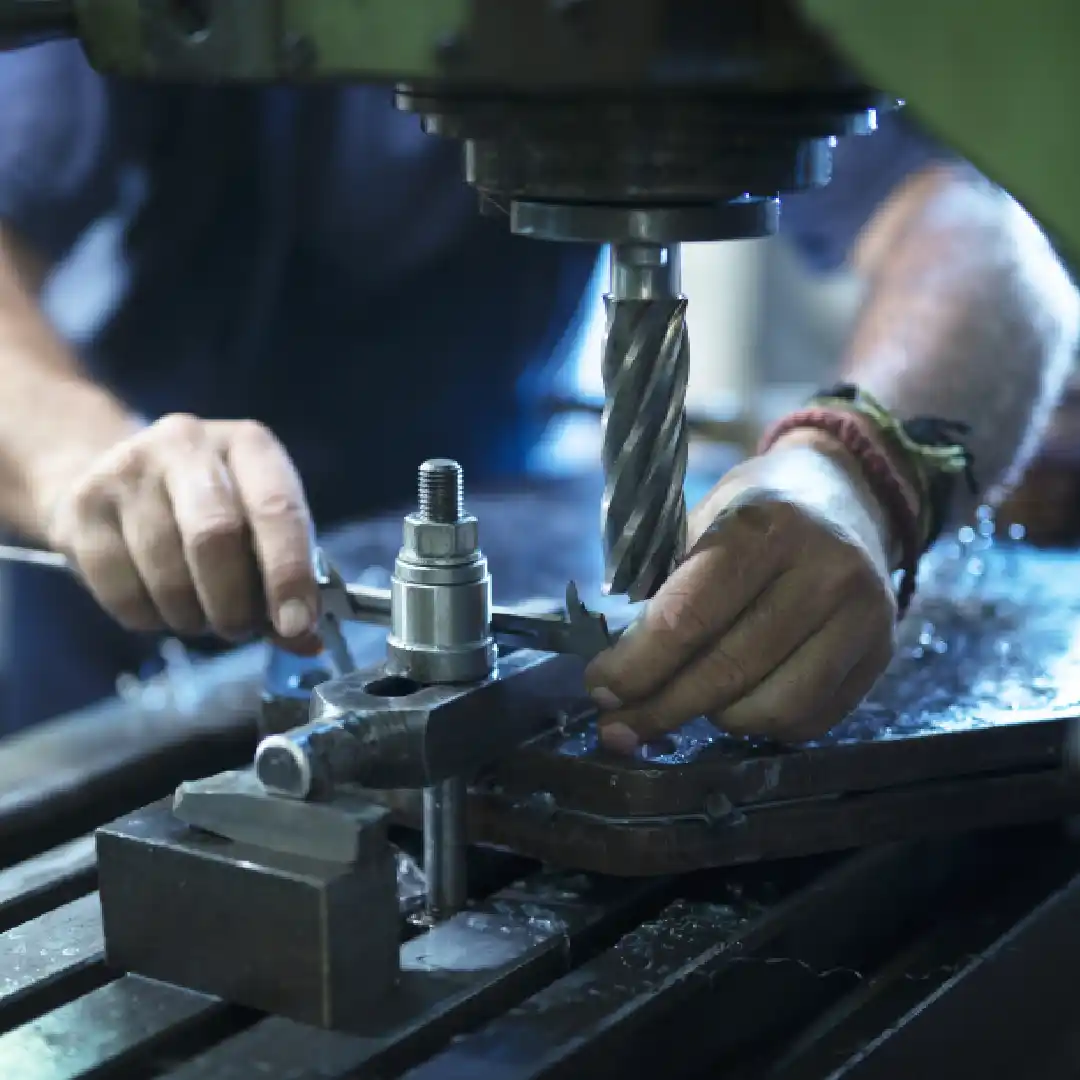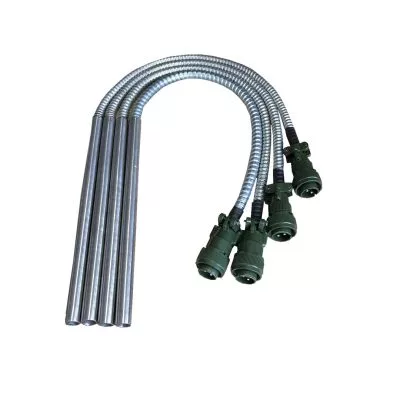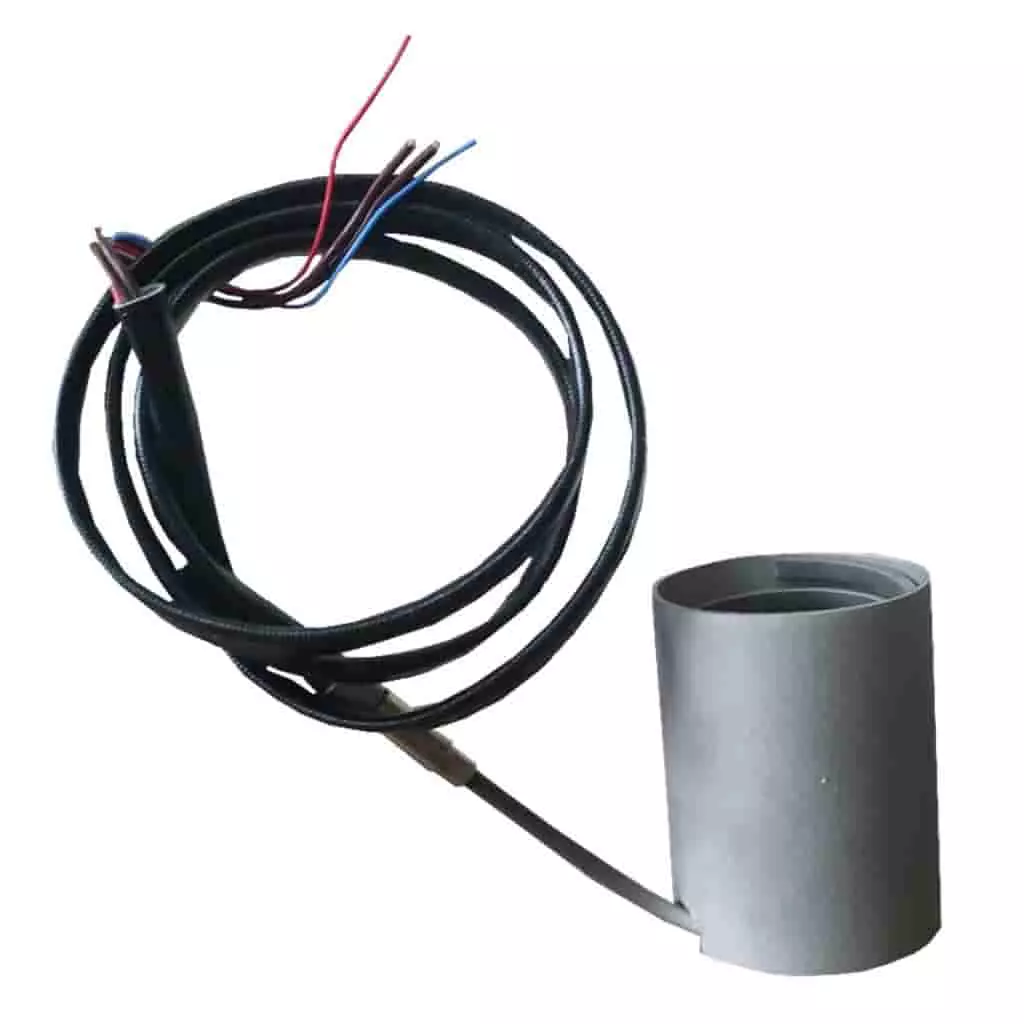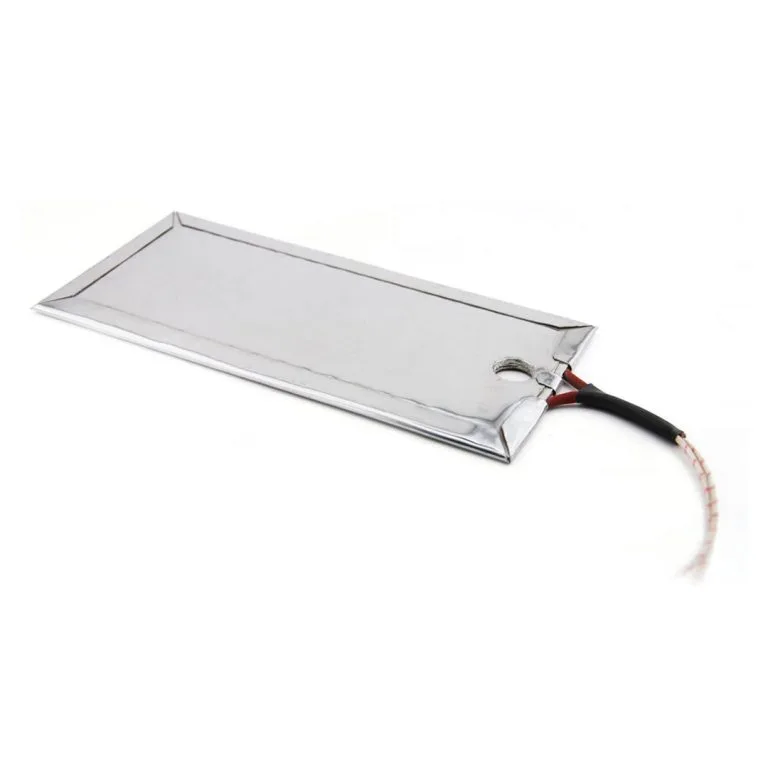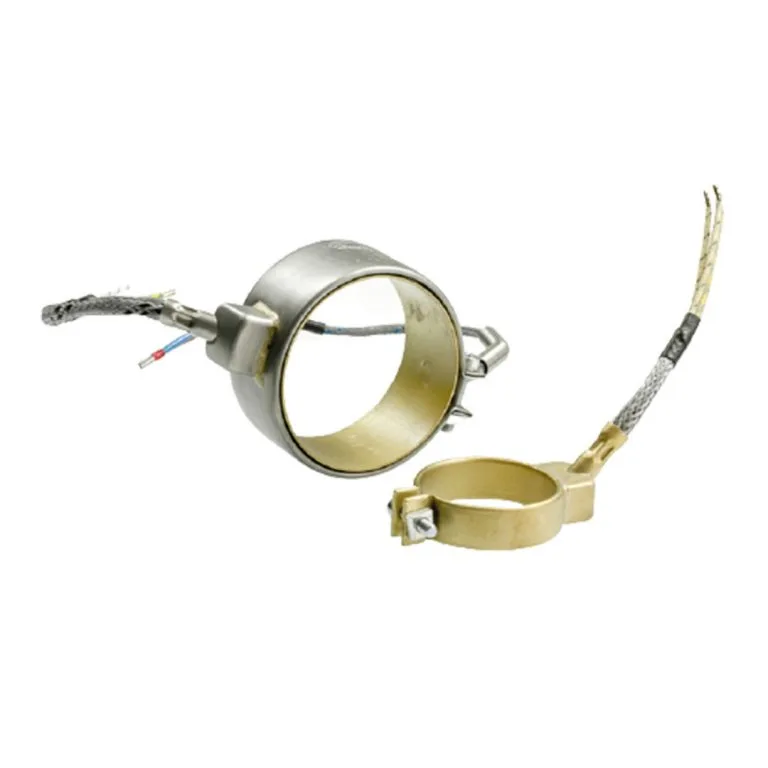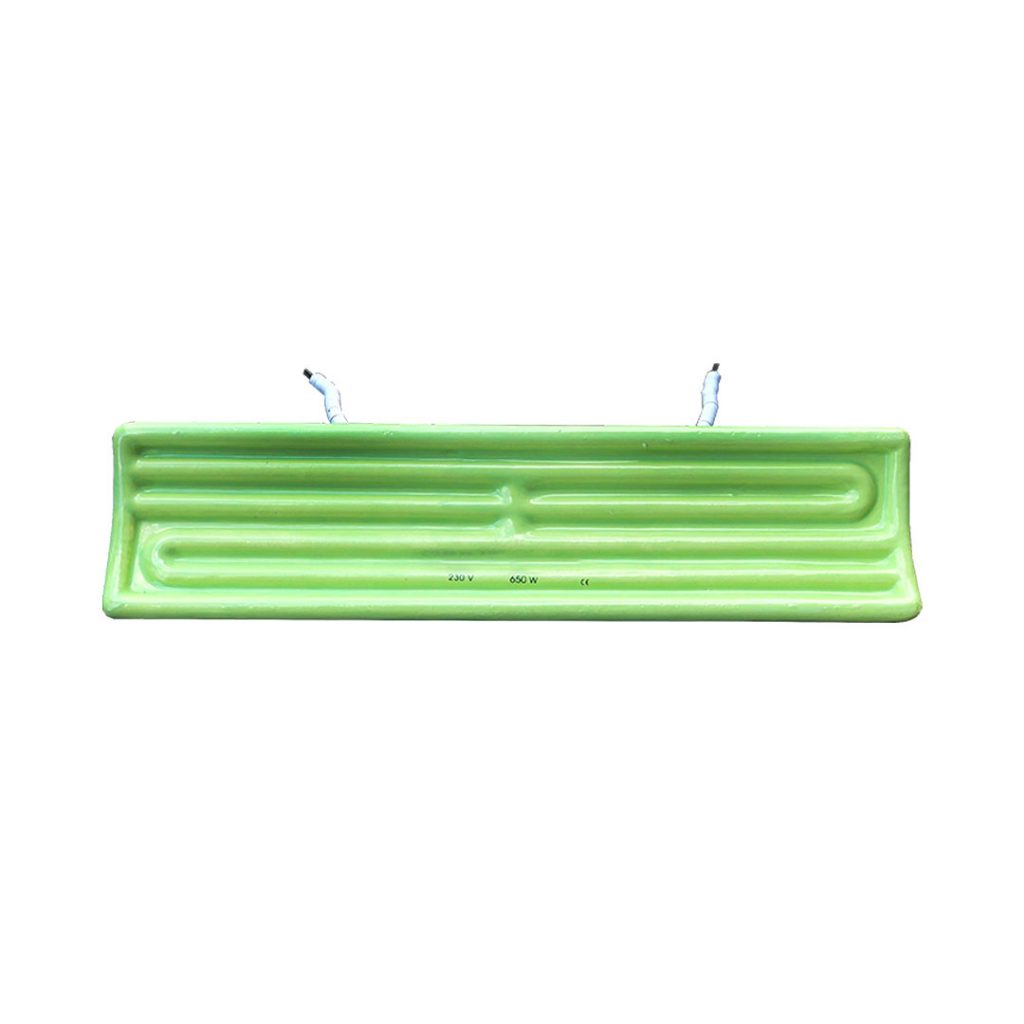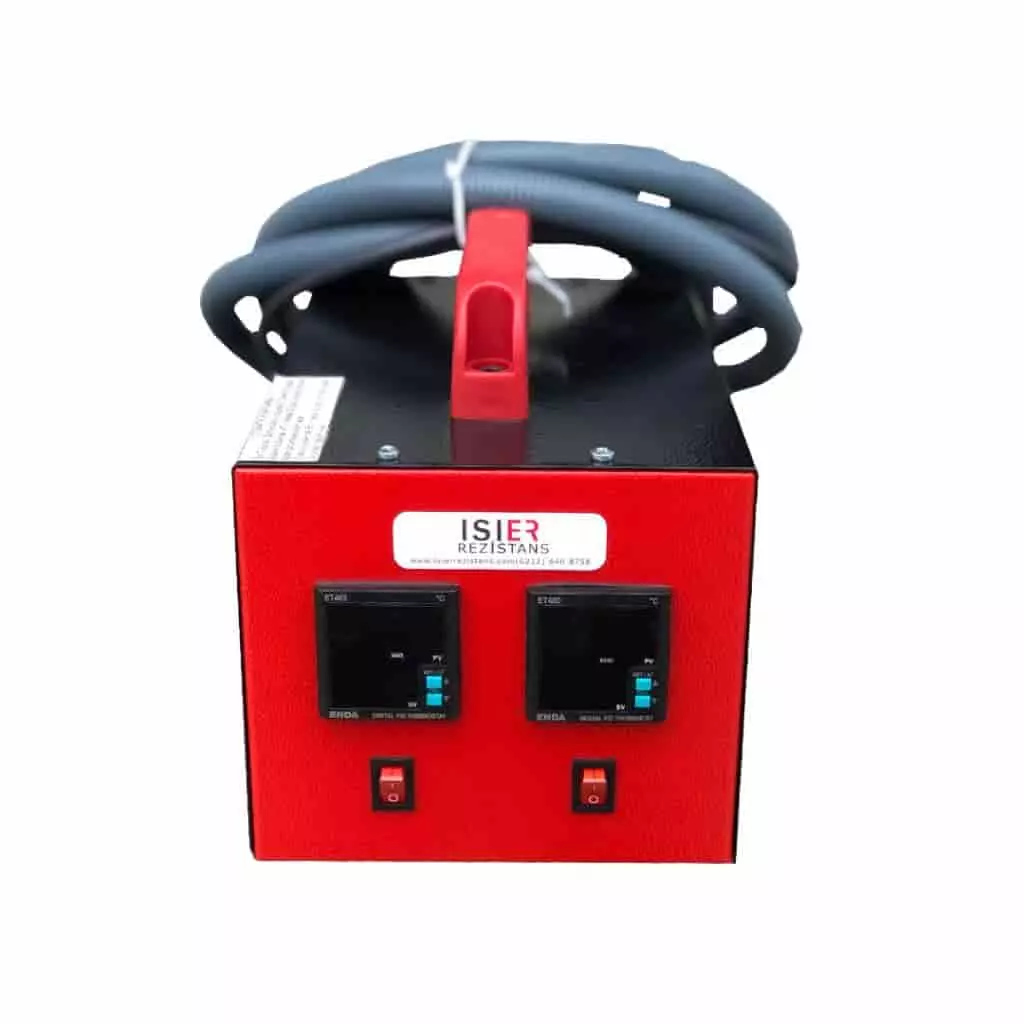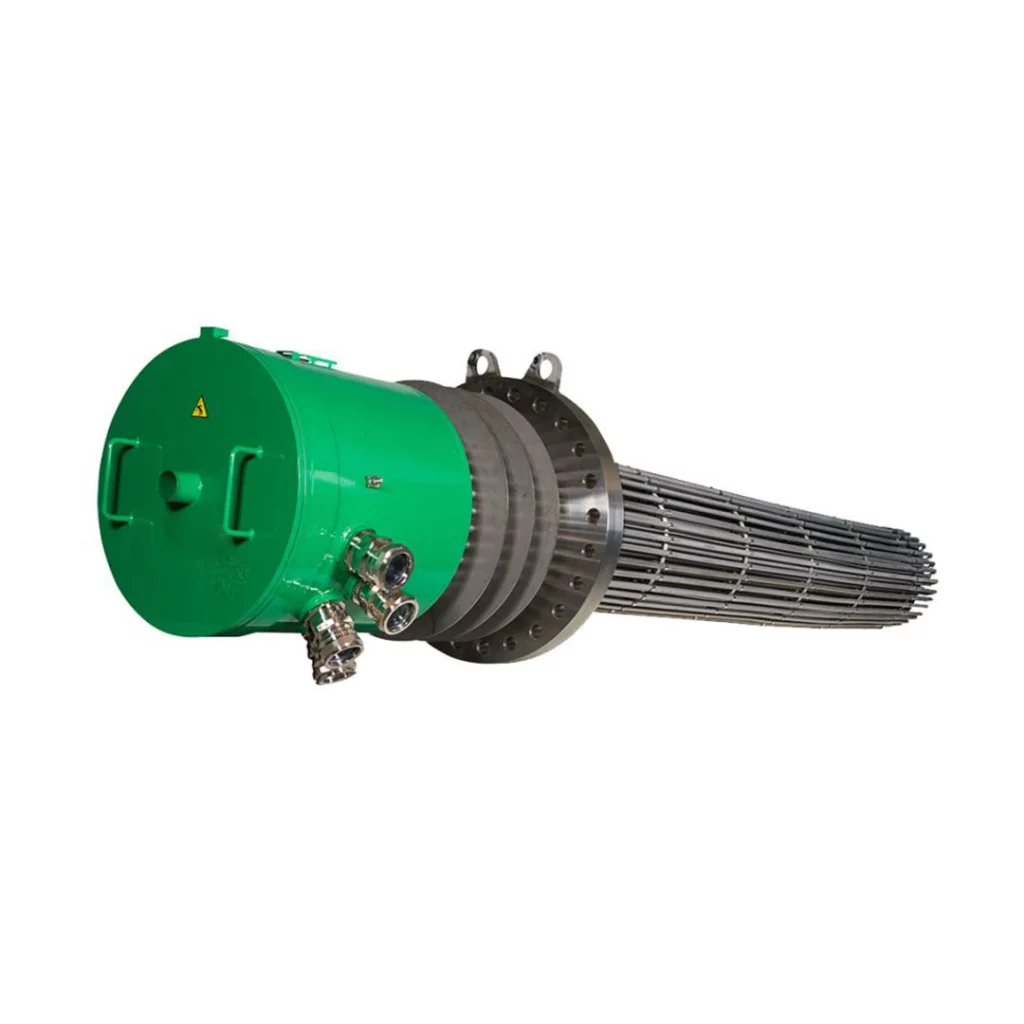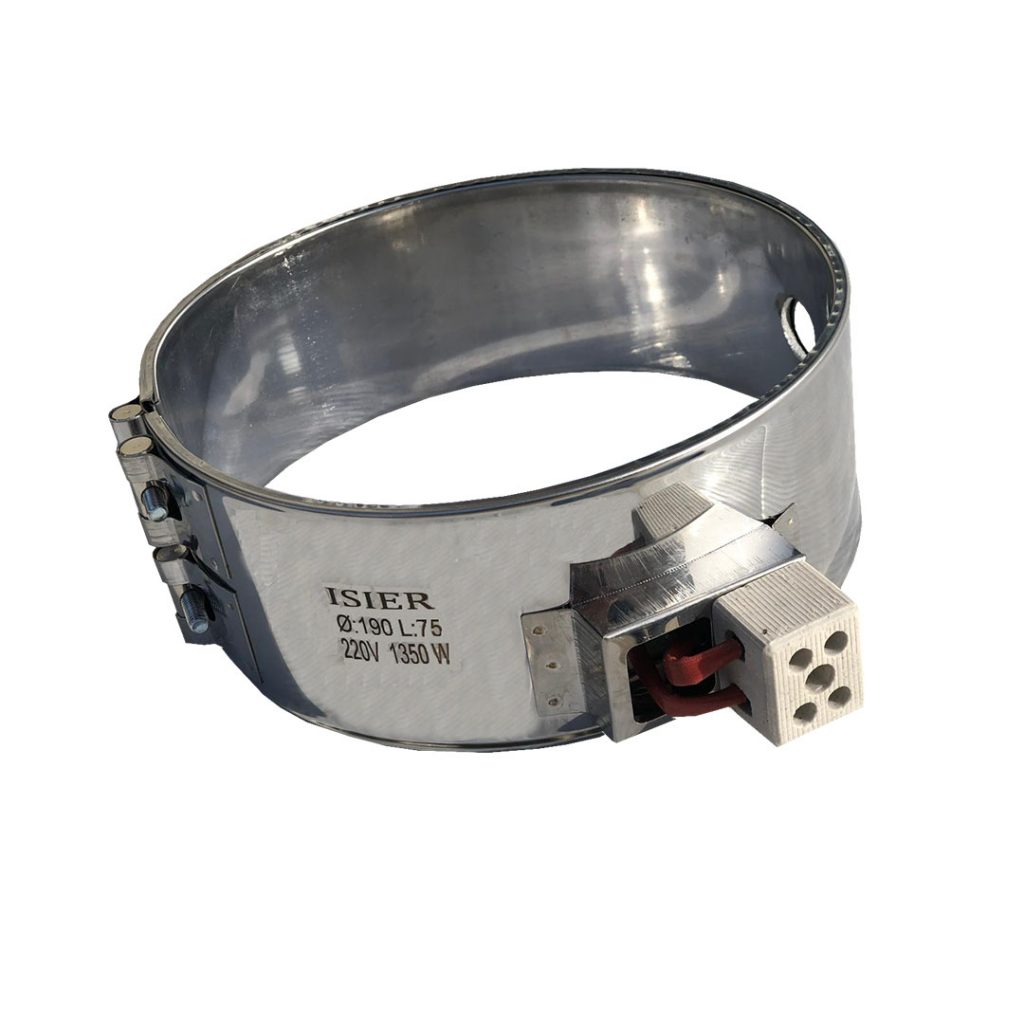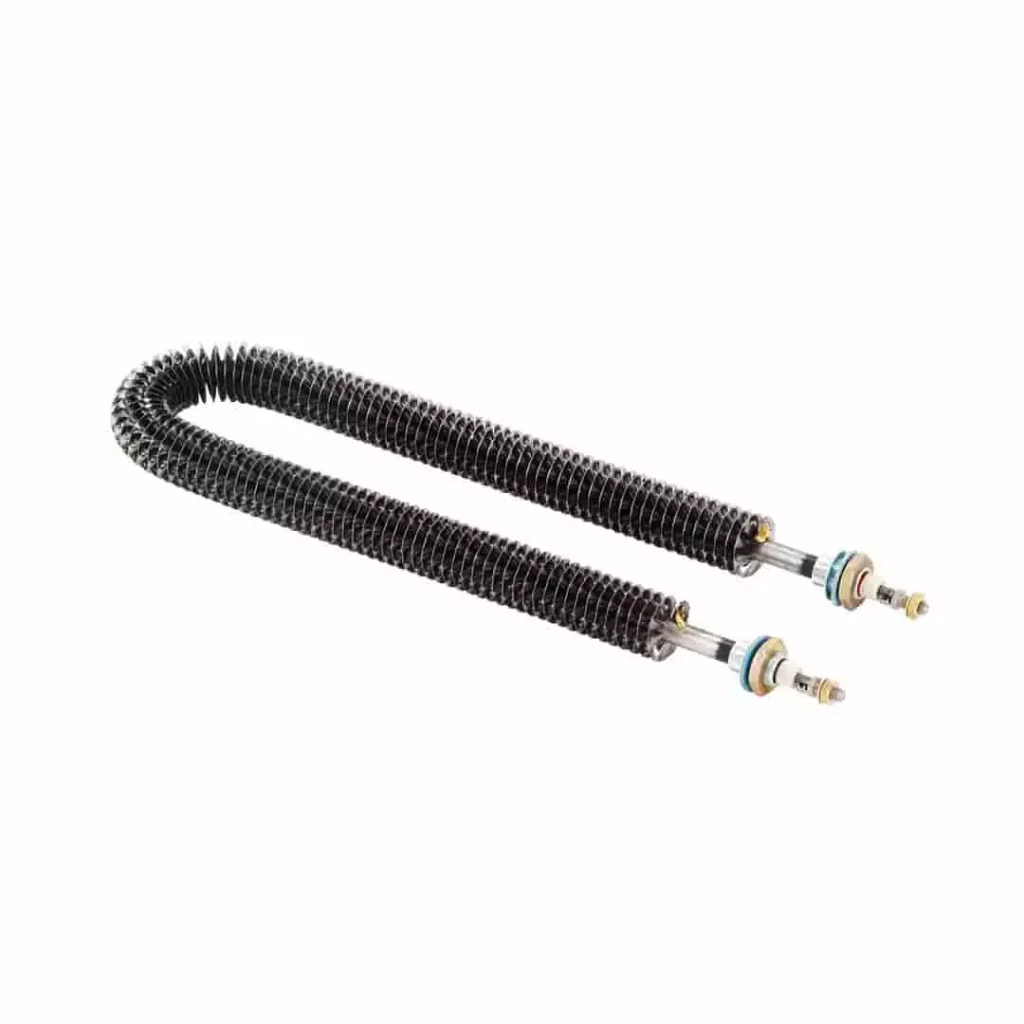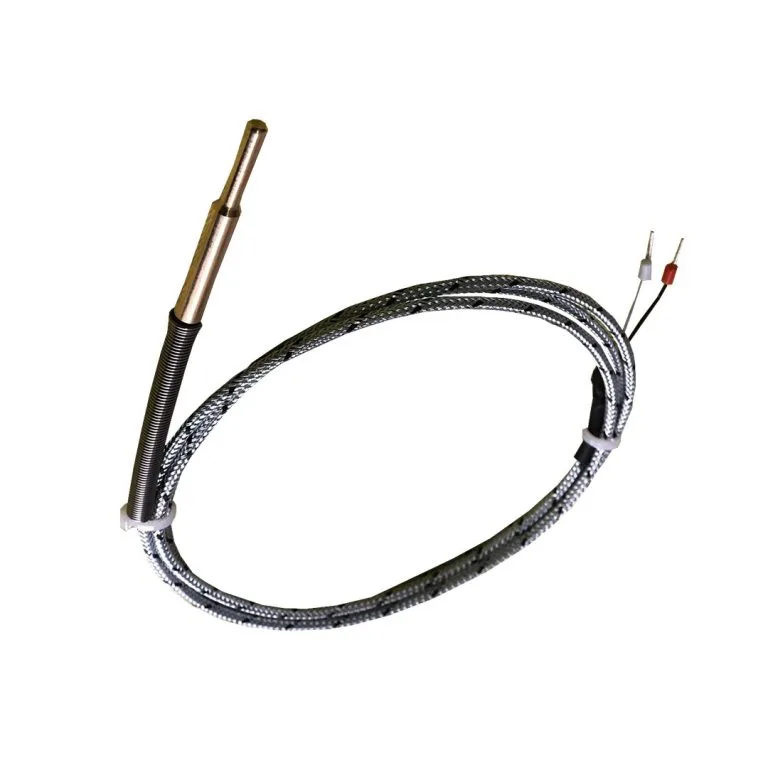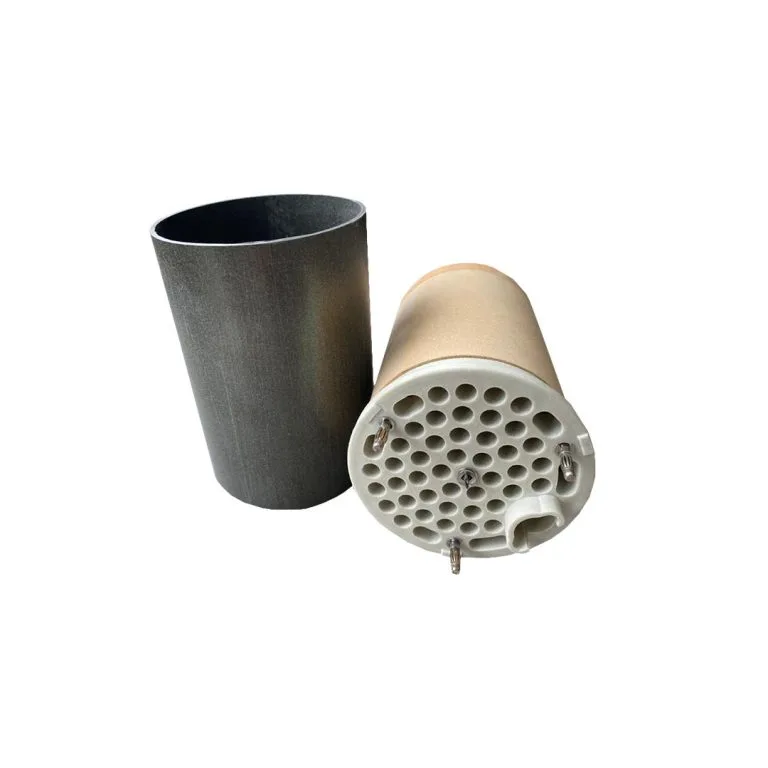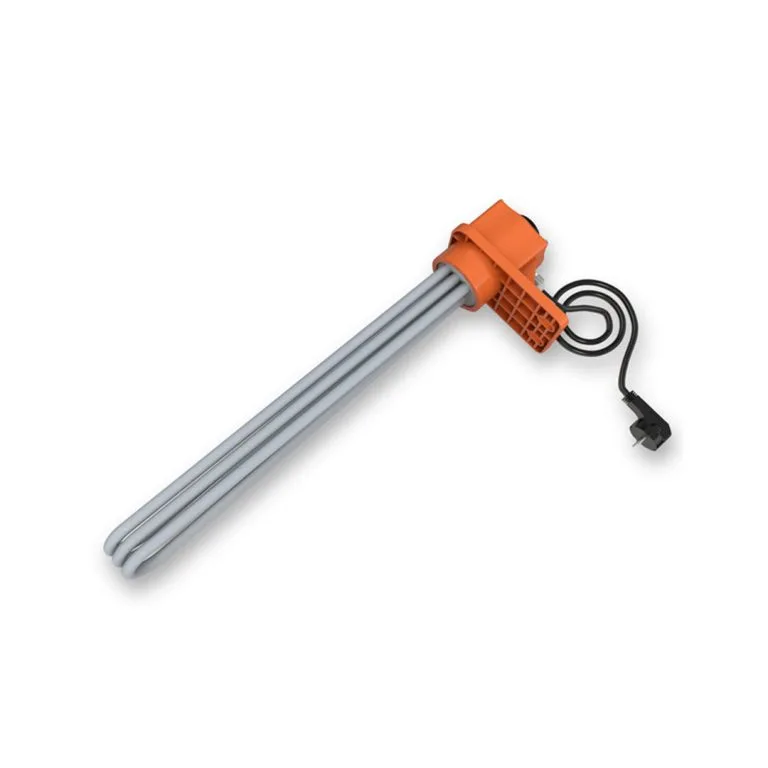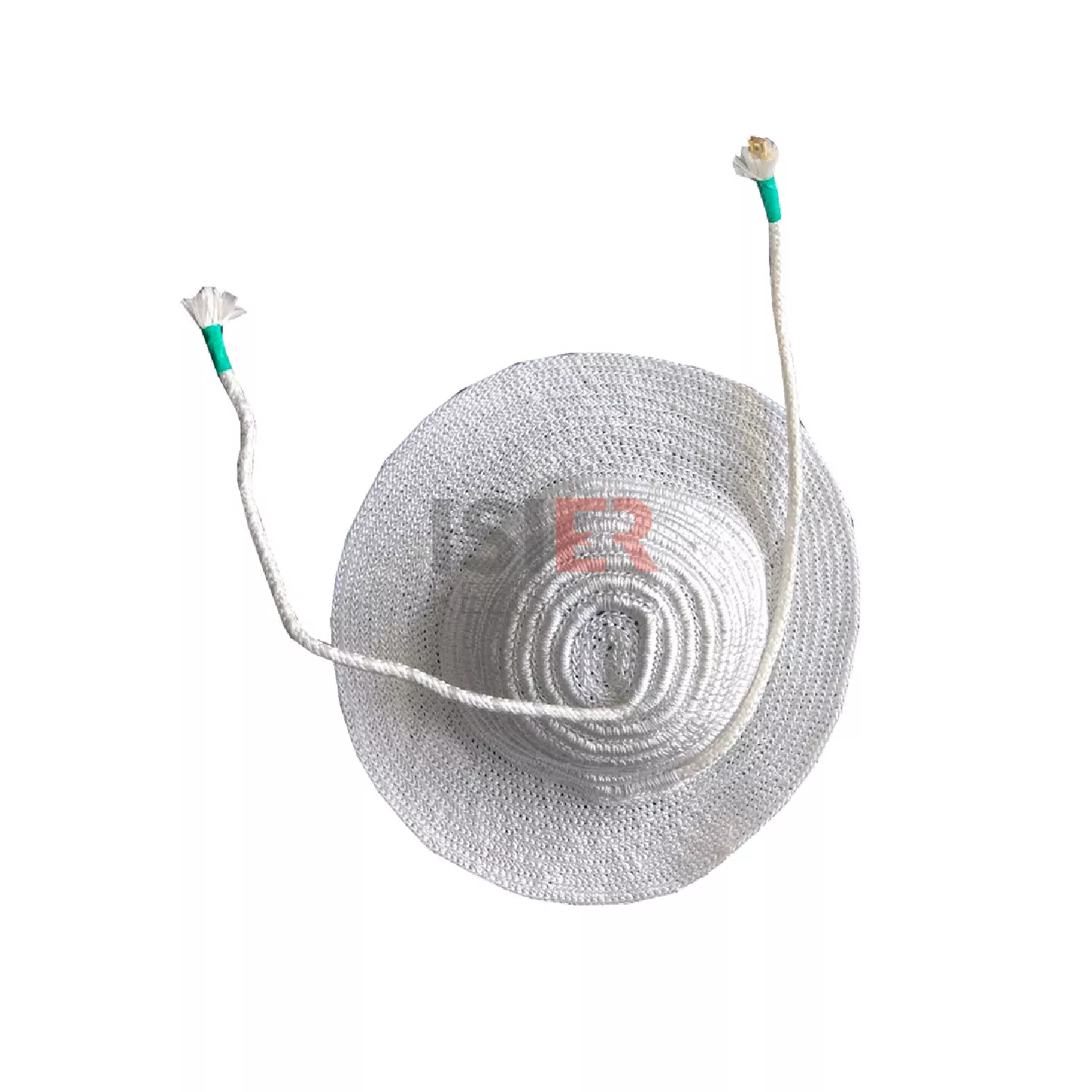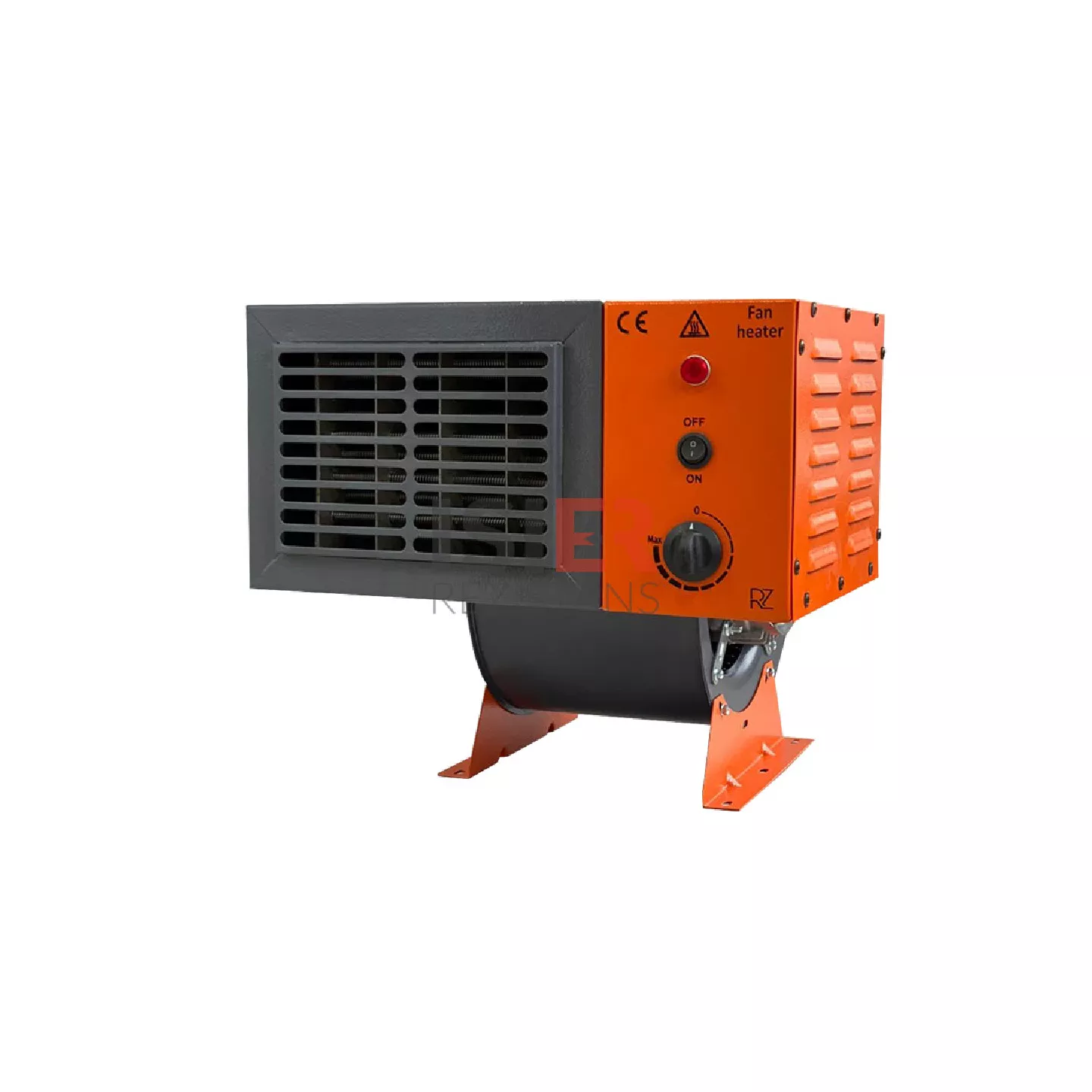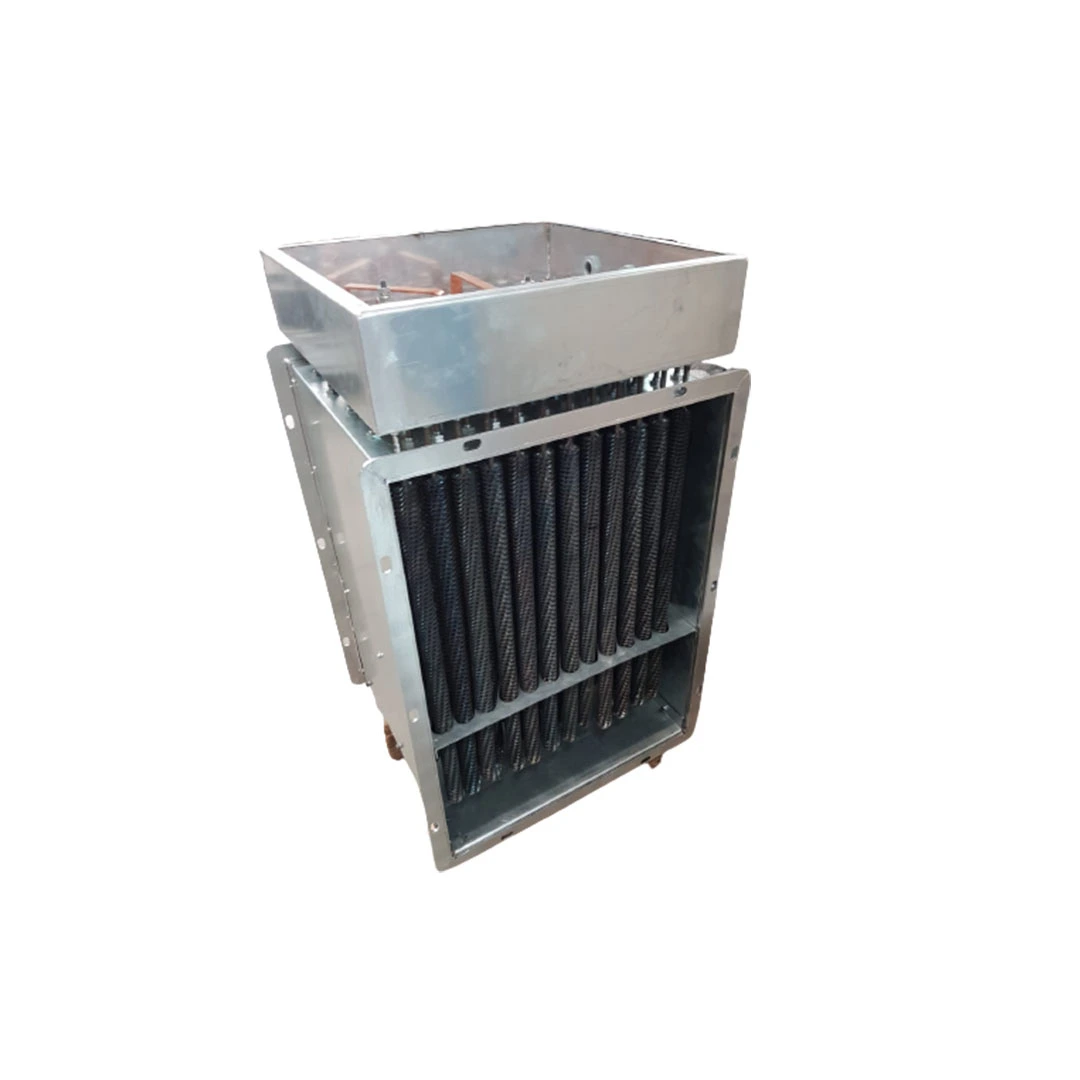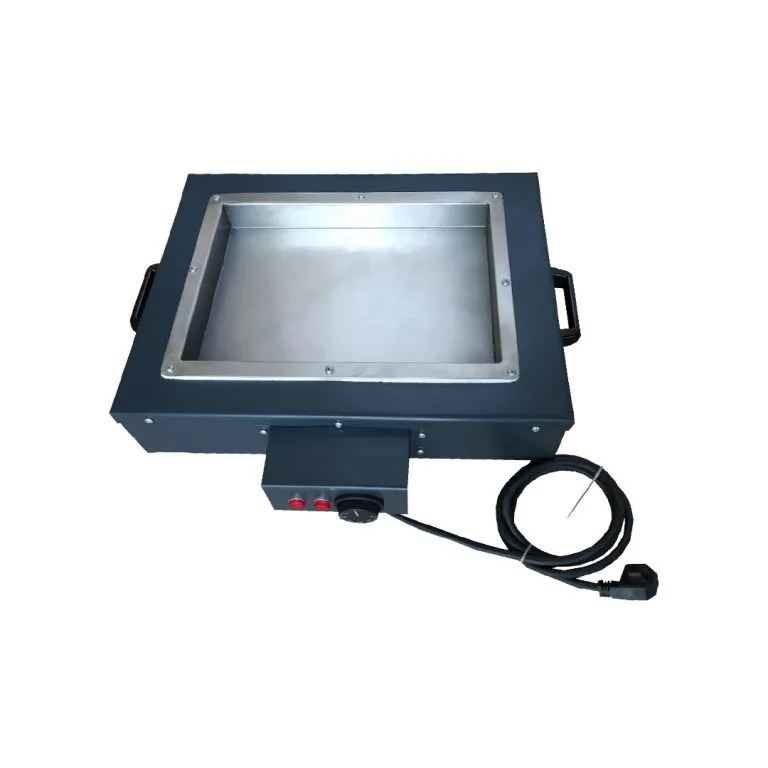What is a heater used for in the engineering sector?
Heaters are used in the engineering sector to provide resistance in electrical circuits. They enable the electric current to act against a certain level of resistance, which can be used to control or limit the flow of current.
Heaters typically generate heat, so they are commonly used for heating purposes. In industrial applications, heaters are used as heating elements in many areas such as furnaces, water heaters, steam generators, and drying systems.
In electronic circuits, heaters are important for performing signal processing, filtering, voltage dropping, current limiting, and other electrical functions. This ensures that electrical circuits operate stably and reliably.
Our Products
Your Solution Partner for All Your Resistance Needs
The Importance of Heaters in the Engineering Sector
Heaters play a critical role in various fields within the engineering sector and are utilized in a range of applications. Here are some significant aspects of heaters in engineering:
Heating Applications: Heaters are used in many heating applications such as industrial furnaces, stoves, water heaters, and steam generators. In these applications, consistent heat production within specific temperature ranges is crucial.
Control Element in Electrical Circuits: Heaters fulfill numerous functions in electrical circuits such as limiting current, reducing voltage, and providing connections between circuits. In electronic devices and circuits, they ensure proper functioning by maintaining the correct resistance levels.
Sensors and Measurement Devices: Heaters are an integral part of sensors used to measure physical variables like temperature, pressure, light, and humidity. For instance, thermistors are a type of resistance sensor used for temperature measurements.
In Electrical Power Distribution: High-power heaters are employed in power distribution and control within electrical power systems. They are used in high-voltage lines to regulate power factor and current.
Electric Motors and Devices: Heaters are used in electric motors and other devices to ensure their efficient and safe operation, particularly in starting and control circuits.
Beyond these areas, in the disciplines of electrical and electronic engineering, heaters are considered critical components in circuit design, system integration, and efficiency. As a result, heaters play diverse and critical roles in the engineering sector.
Technical Specifications of Heaters Used in Engineering Sector
The technical specifications of heaters used in the engineering sector generally vary depending on specific application requirements and usage purposes. However, the following technical specifications are generally important:
Resistance Value: Heaters must have a specific resistance value to limit or control electrical current. This value is expressed in ohms.
Tolerance: Tolerance is the maximum allowable deviation between the nominal (specified) resistance of the heater and the actual measurement. Tolerance is usually expressed as a percentage.
Power Rating: The ability of the heater to withstand a specific power level. This is related to the current passing through the heater and its resistance and is typically expressed in watts.
Temperature Coefficient: It expresses the rate of change in resistance of the heater with temperature variation. It is important, especially in applications with temperature sensitivity.
Maximum Operating Temperature: The maximum temperature at which the heater can safely operate. This feature is critical to prevent overheating of the heater and ensure safe operation.
Material: Heaters can be made from various materials such as metal film, carbon film, wire wound, etc. Each material has its advantages and disadvantages and may be more suitable for specific applications.
Size and Mounting Type: The physical dimensions and mounting type of the heater should be suitable for a specific application. Different mounting types such as surface mount or through-hole mount may be available.
Frequency Response: How the heater responds within a specific frequency range, especially important in high-frequency applications.
These specifications should be considered depending on how the heater will be used in a specific application and its performance requirements. Proper selection of the heater ensures the efficient and safe operation of circuits.
Which Heaters are Used in Engineering Sector?
Carbon Film Heaters: Carbon film heaters are commonly preferred due to their low cost and availability in a wide range of resistances. The resistance of the carbon film is shaped to the desired value.
Metal Film Heaters: Metal film heaters offer high precision and stability. Metal film has a higher temperature tolerance and lower temperature coefficient.
Wire Wound Heaters: Wire wound heaters are typically used in high-power applications. Their coil-shaped structures can dissipate higher power values and withstand higher temperatures.
Film Coated Heaters: These heaters are made by coating metal film or carbon film onto a ceramic substrate. They are preferred in high-frequency applications and areas requiring high precision.
SMD (Surface Mount) Heaters: SMD heaters are designed to be compatible with surface mount technology. Widely used in electronic devices, these heaters are known for their small size and lightweight.
Thermal Heaters: These heaters are used for temperature measurement and control. They come in different types such as thermistors and thermocouples. They are used to detect and control temperature in heating and cooling systems.
Resistance Burners: Resistance burners used in high-power applications, especially preferred in industrial heating systems and other applications requiring high power.
These types of heaters are used in a wide range of engineering applications and are chosen depending on application requirements.
Plate and Cartridge Heaters in Packaging Industry
Plate Heaters: Plates used in packaging machines are typically made of metal or plastic and can come in many different shapes and sizes. Plates are used to shape packaging materials to a specific form or size. For example, plates used in a blister packaging machine to place medication tablets may have separate slots for each medication.
Cartridge Heaters: Cartridge heaters are crucial components used to control heat in packaging machines. They are often used to heat or cut plastic films to seal packaging materials securely. Cartridge heaters can operate at different temperatures depending on the type of packaging material and the needs of the machine.
These components are important for ensuring the efficient and effective execution of the packaging process. Well-designed and properly used plate heaters and cartridge heaters provide consistency in packaging operations and increase production efficiency.



